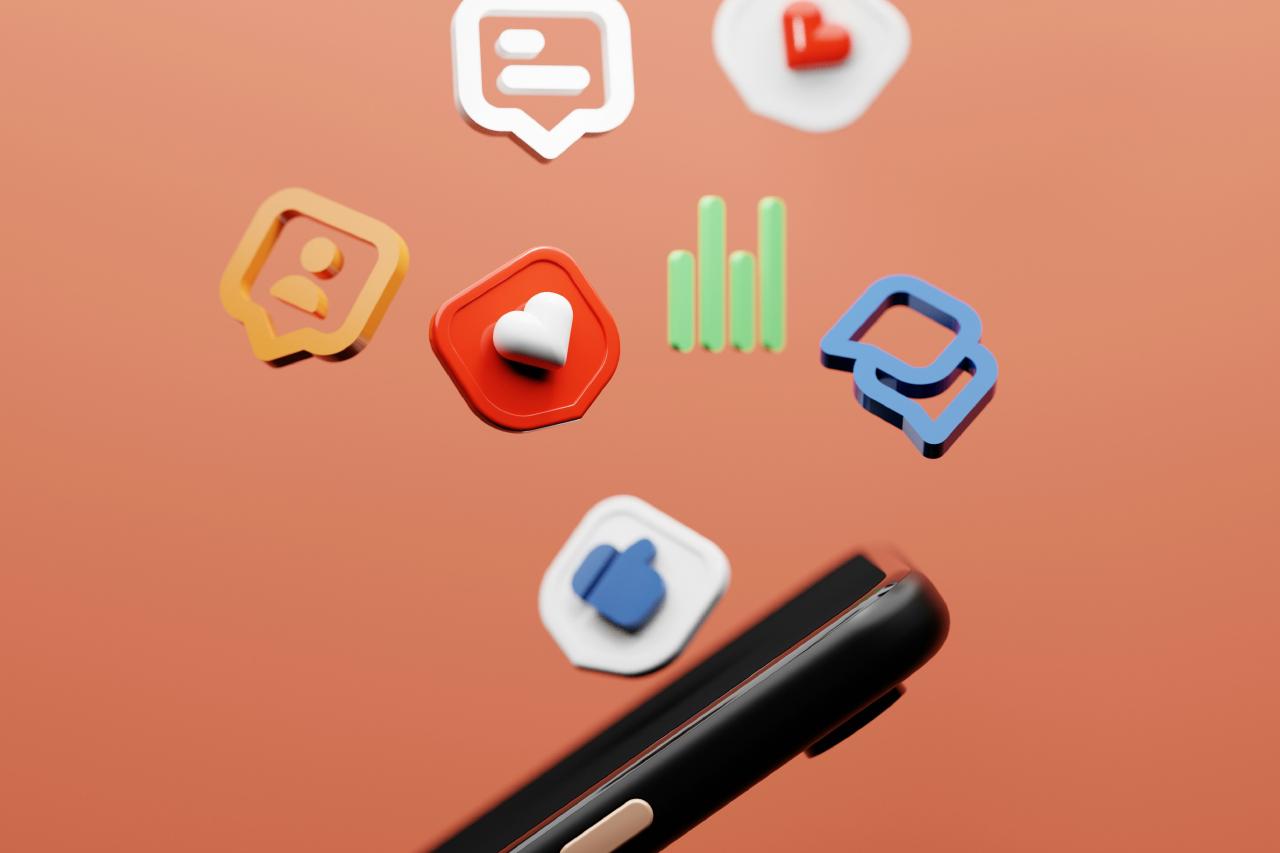The Gist
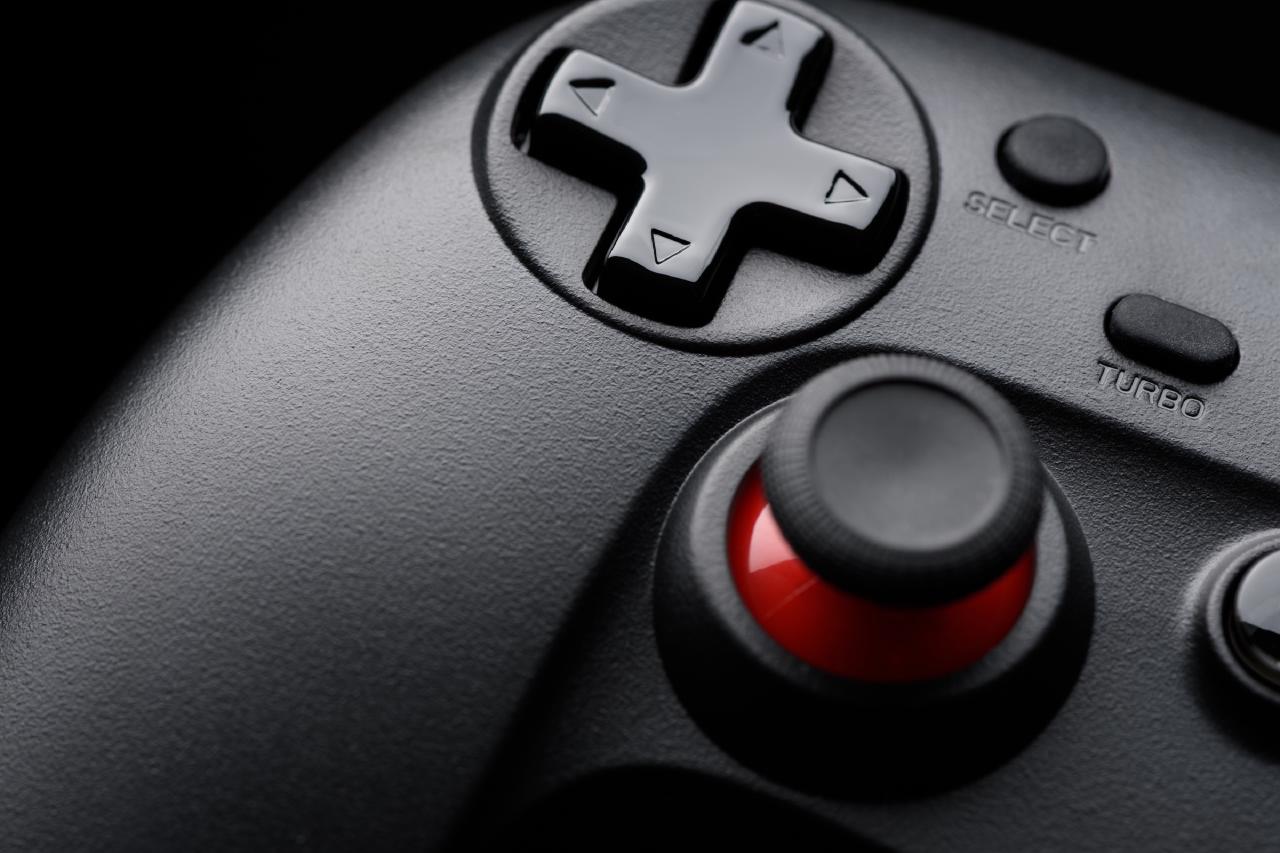
Ah, console vs PC, the age-old question that slowly but surely has fuelled more spirited debates than national politics. ‘Mine is bigger!’ ‘Mine is better!’ ‘Mine is just better-er, you scallywag, so there, take that.’
But perhaps there’s a different way to look at it, dear reader—a more nuanced way.
Before we dive in, let’s define our two contestants. We’ll start with the fan-favourite: the console. Following that, we’ll demonstrate that the term ‘PC’ is rather misunderstood. We’d say these days, but it has been misunderstood for a very long time indeed.
Finally, we shall attempt to dish out some food for thought. Sound good? Spiffing. Then let’s away, dear reader. If you’re not convinced, well, that’s unfortunate, but perhaps you’ll indulge us anyway.
Contents
Consoles
Consoles are purpose-built machines that offer a straightforward way to play games. They’re designed to bring interactive experiences to the living room, where they radiate joy to the eyeballs of youngsters and adults alike through the goggle box.
Manufacturers pour a lot of effort (and riches) into cultivating consumer loyalty. They create lovable game characters, unique ways of interaction and more to establish the perfect ‘walled garden’. This is a fancy way of saying that these experiences are exclusive to that particular garden, not the neighbours, where the grass is certainly not greener.
A spot of history

Consoles were initially developed using very clever cost-saving hardware designs, that allowed for more mesmerising graphics and smoother game play than could be achieved with general purpose hardware.
That’s not to say it was cheap, far from it, in fact. As console manufacturers had stiff competition and no guarantee that they could sell their inventory, they adopted a bit of a sneaky business model. They’d sell the console at a loss and sell the games and accessories at an inflated price to recoup the loss. Over time, there would be a nice, juicy profit. And there was, oh yes. Well, for some of the manufacturers at least.
This is known as the ‘razor and blades’ model, which follows the same sneaky pattern.
Consoles today
These days, things are a little different.
Before the 2000s, there was a lot of competition between microchip makers, component makers and the like. Console manufacturers had plenty of options to choose from, and partnerships to make or break.
Nowadays, we’ve only got a handful left, essentially only 3. There are others, but they are on the way out, as it were.
As a result, consoles and even arcade machines, are based on the same hardware as ‘PCs’.

Playstation 5 motherboard with an x86 APU designed by AMD Photo by Fritzchens Fritz
Wait, What?
If we allow for a broader definition of what ‘PC’ means, dear reader. More on that later.
The upshot of this is that console manufacturers no longer need to sell their consoles at a loss, and can instead enjoy economies of scale to keep cost down.
That doesn’t change the whole ‘walled garden’ aspect, however, as they still need more or less guaranteed sales before they can enjoy those ’economies of scale’. Pity, we know.
It’s fair to say at this point that the line between console and PC is rather blurred these days, with high-end consoles requiring constant software updates just like their counterparts. It has even become a necessity to ’tweak’ performance settings. Things that used to be unthinkable in the console space.
Console Gaming
To this day, consoles offer a relatively straightforward way to play games and a relatively low (financial) barrier to entry. But there are some things to consider before declaring victory, dear reader. We haven’t discussed the PC-side of this equation, for one. Above all, we haven’t looked at consoles in practice.
Let’s have a look at the practical side of owning a console.
Unless the console owner is content to play alone, and limit themselves to the pack-in game, the cost of owning a console will rise quickly. Very quickly indeed.
Want to play with a friend, sibling, or AI robot overlord in the same room? Be prepared to buy another expensive controller.
Want to play with a friend, sibling, or other sentient online? Be prepared to dish out 10 to 20 Western coins per month for the privilege.
Want to play a new game? Be prepared to pay 20 — 40% more per title than PC games.
Want to play classics? Be prepared to either purchase your old games again, or to become a collector of older generation hardware and software.
The barrier to entry is low for consoles, this is true. But over time, the cost difference between console and PC becomes negligible. For avid gamers, at least.
Nonetheless, even to this day, purchasing a PC capable of playing 4K resolution games is likely to cost more than buying one of the current generation consoles. If one is content to play games at 1080p or 1440p, however, the cost to entry is the same. Either way, the cost of ownership is lower with PC.
PCs
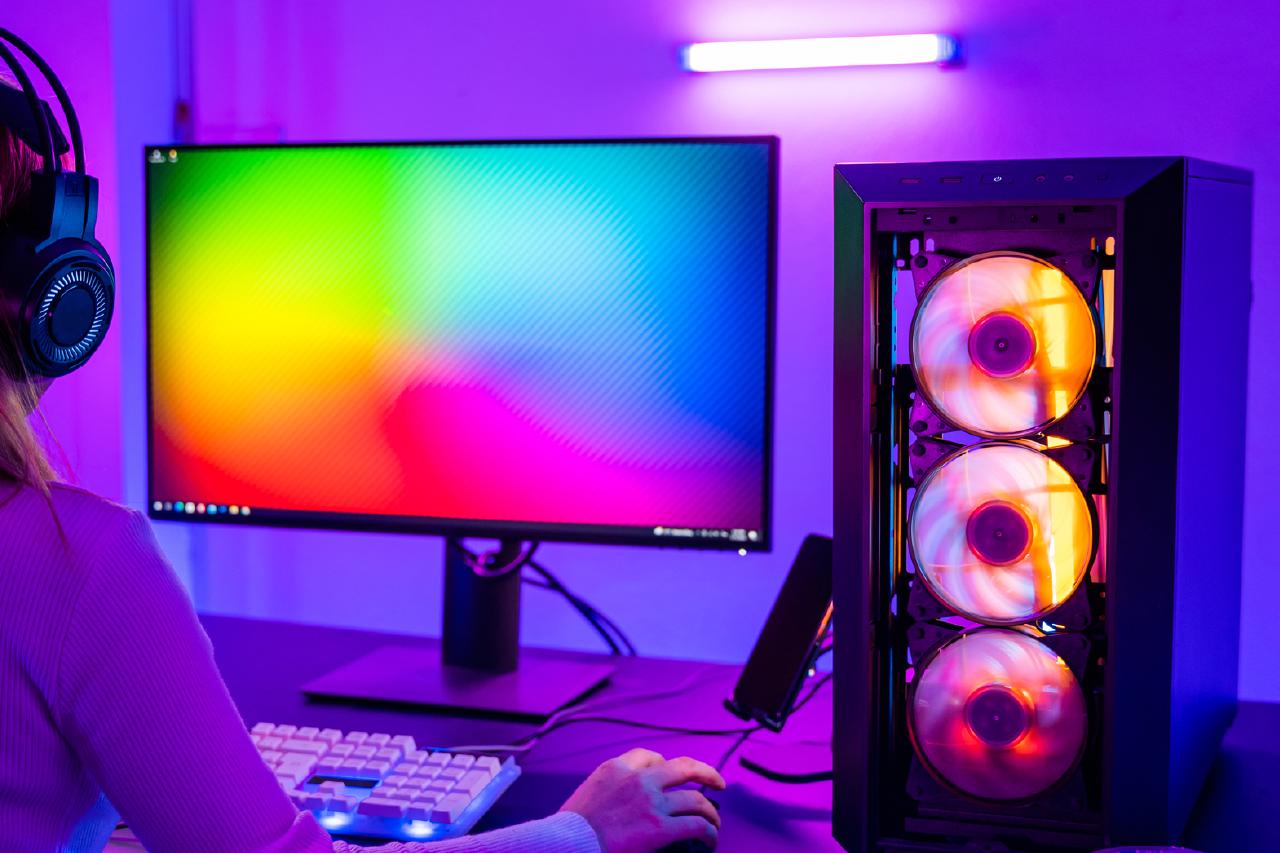
Before we dive in, dear reader, we’ll need to redefine what ‘PC’ means these days.
A bit of history
Before the microchip came along, computers generally took up an entire room or more. Even so-called ‘mini-computers’ would require a forklift to move around.
But with the introduction of the microchip things started to get interesting, especially for consumers. It didn’t take long for international markets to be flooded with ‘home computers’ or ‘micros’ of all shapes and sizes.
IBM, the computing overlord at the time, eventually realised that they had to get in on this new market as well. To set themselves apart from all the other offerings out there, they branded their machine the ‘PC’.
And so started the life of the PC: as a brand.
But IBM charging IBM prices for their machines left the door open for other manufacturers to make much cheaper machines that could do the job just as well. After they reverse engineered a key component in PCs at the time, it was off to the races. Enter ‘IBM PC Compatibles’.

Early IBM PCs Photo by Bobo11
The public, understandably more loyal to their wallets than to IBM, started calling both IBM PCs and IBM PC Compatibles, simply PCs.
Sales of compatibles quickly outpaced IBM’s machines. As a result, IBM lost control of the standard as ‘clone makers’ agreed to develop new standards for upgrades that left IBM’s version in the dust. At the end, IBM even started using the new, open standards themselves before leaving the PC market altogether.
So, PC stopped being a brand and became a standard instead.
As PCs had an open standard, both different microchip architectures and operating systems became valid options. The only real remaining criteria seem to be input and output standards, memory types and expansion slot standards. Even those are quite loosely observed these days.
And so, finally, PC stopped being a brand and became a paradigm.
So what is a PC?
A relatively portable general purpose computer. The software needs to be under (relative) control of the user however, otherwise we need to use the term ’embedded computer’. Think phones, handhelds and other purpose-built machines that are usually smaller in stature than a general purpose computer.
In other words—almost any computer that isn’t a handheld, isn’t embedded into a larger machine (i.e. a car) and yet is relatively portable, is a PC.
Although devout cultists would rather perish than see it that way: yes, Apple Mac products are essentially PCs, even the new ARM based ones.
IBM chose the name a little too well: Personal Computer. Although clever branding, it seems inevitable that it would become the definition of general purpose computers.
PCs in Practice
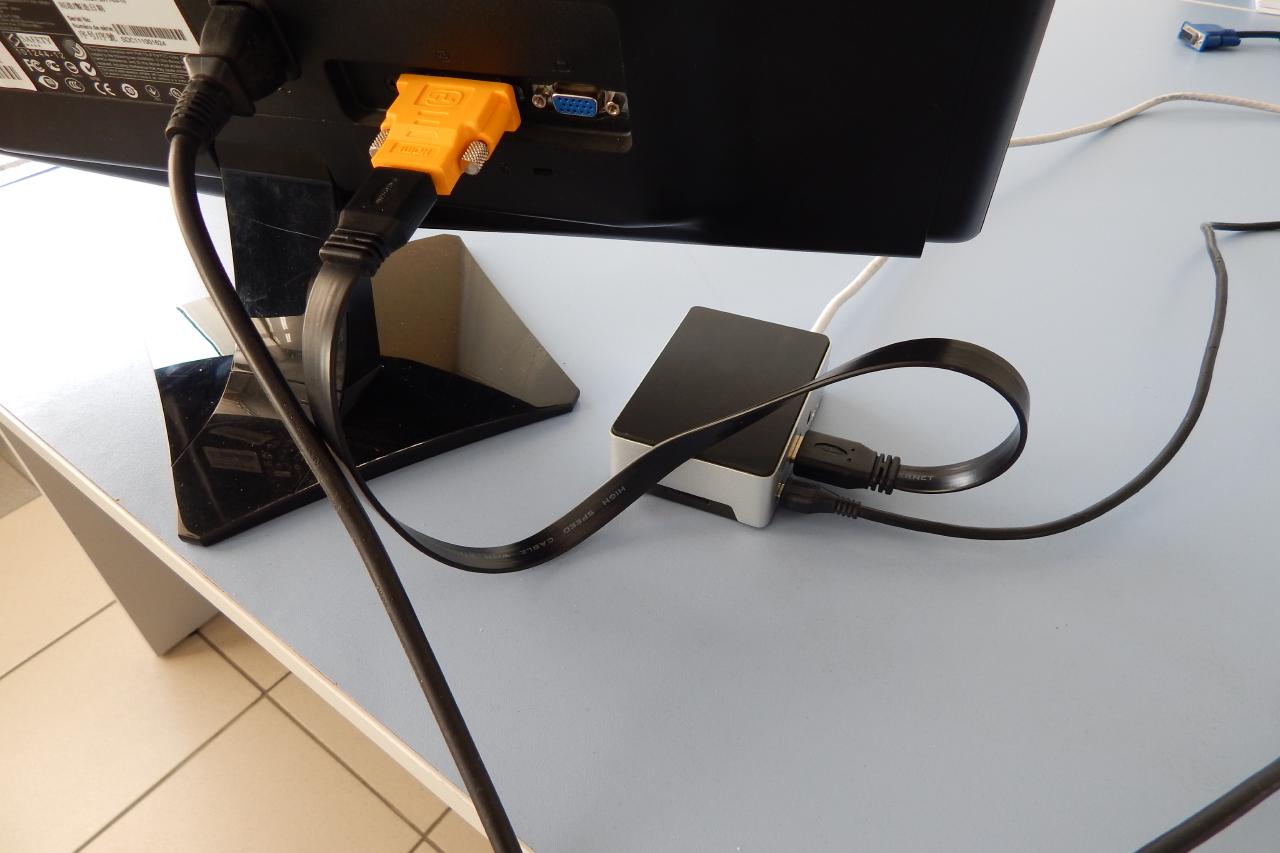
Modern Raspberry Pi Computer Photo by Антон Пищулин
Now that we’ve cleared that up, we can look at the whole debate a little differently.
So what is the financial barrier to entry for a PC then?
About 10 to 15 (Western) coins.
This will get you a Raspberry Pi Zero 2W. It can run a real operating system, perform light computing tasks, and even play old games.
We wouldn’t recommend it of course, better to go for a Raspberry Pi 5 with 8GB RAM or more. This will set you back around 70 coins and another 30 or so for the essentials such as a case, a microSD card and the like.
This delectable bit of confectionery will run a complete modern operating system, perform any general computing task and play games from the 70s up to 2005 or even later.
In other words, contrary to what YouTube creators would have you believe, PCs aren’t always more expensive than consoles—not by a long shot.
PCs can be had for less than the price of a single ‘AAA’ console game, all the way up to the price of a luxury car. Probably more if you really tried to go all out. That’s the beauty of PCs: choice and flexibility.
Now on to the part that we’re here for: gaming.
PC Gaming
PC gaming is an interesting beast to behold. Confusing for beginners no doubt, although there are upcoming developments that will bring peace where once there was turmoil.
As a general purpose computer, PCs have many ways of obtaining and playing games.
The most interesting, and arguably divisive way is: emulation. Emulation allows a computer (any type of computer with enough muscle power) to run software not intended for either that hardware or that operating system.
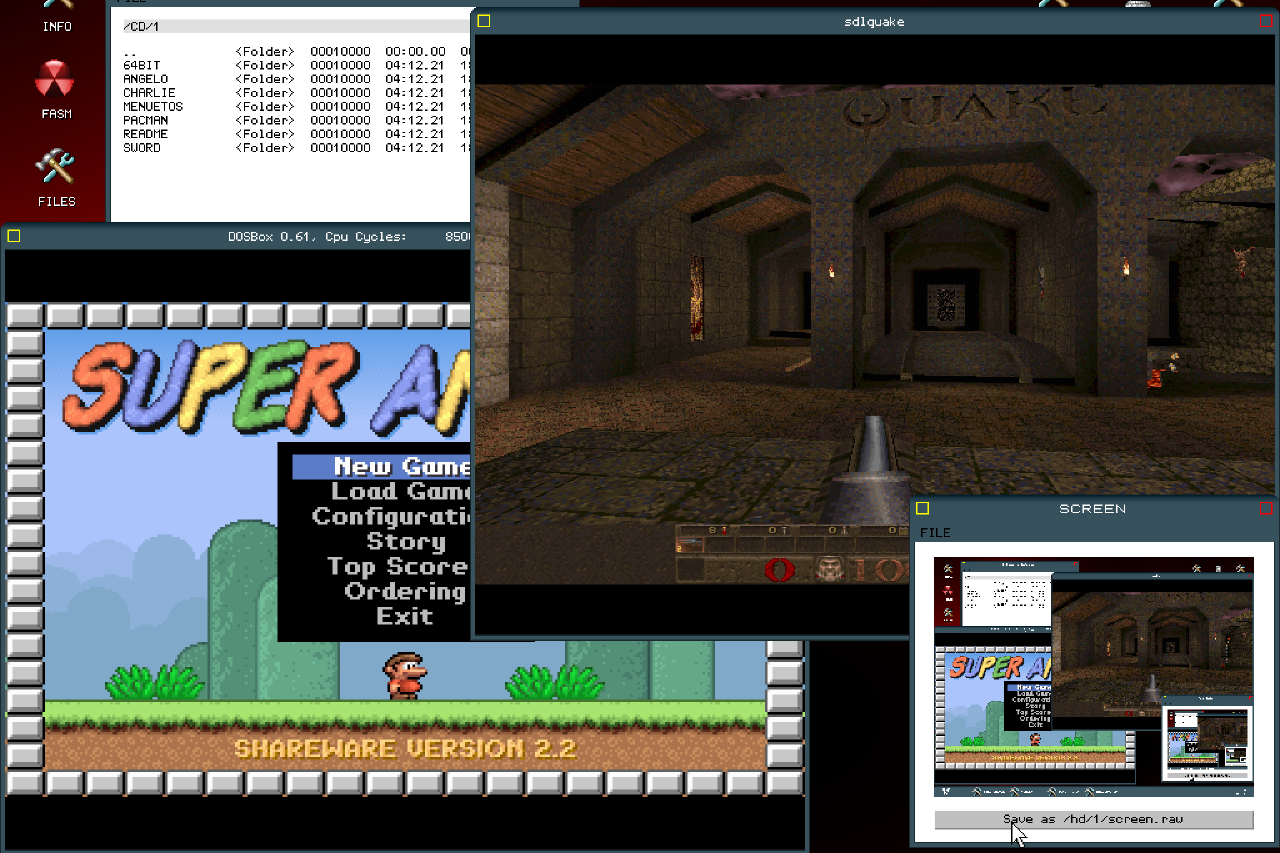
Early retro gaming on PC Photo by Gatesbillou
It allows users to run software all the way back to the earliest days of computing, on modern machines. It also allows users to run games from virtually any console on a PC.
Even consoles make use of emulation for select game titles. On PC however, the door is wide open and users can essentially play thousands upon thousands of games.
With the addition of new games being released on PCs on a daily basis, it is safe to say: the gaming library of PC is cumulative, and near-infinite backwards compatible. Not only for PC games, but just about any game ever released.
These days, most users obtain PC games through online stores such as Steam, GOG, and Epic. With Steam being the most popular by far.
This is where the upcoming development comes in.
A few years back, Valve, the creator and proprietor of Steam, released a portable gaming device called the ‘Steam Deck’. This device marked their second attempt to elevate PC gaming, and more importantly to free users from the ‘Microsoft Tax’ on gaming. That is the fact that most brand systems come with a copy of Microsoft Windows, whether the user likes it or not.
To this day, most, but not all, PC games are released for Microsoft Windows. Much to the chagrin of many. A number of years back, Valve attempted to release an optimised operating system for gaming based on Linux. For free, we might add. This operating system, called SteamOS, would take all the difficulty out of PC gaming and instead deliver the ease of console gaming to PCs. They attempted to persuade game developers to release games on SteamOS, but few developers were willing to do so. Thus, the attempt failed.
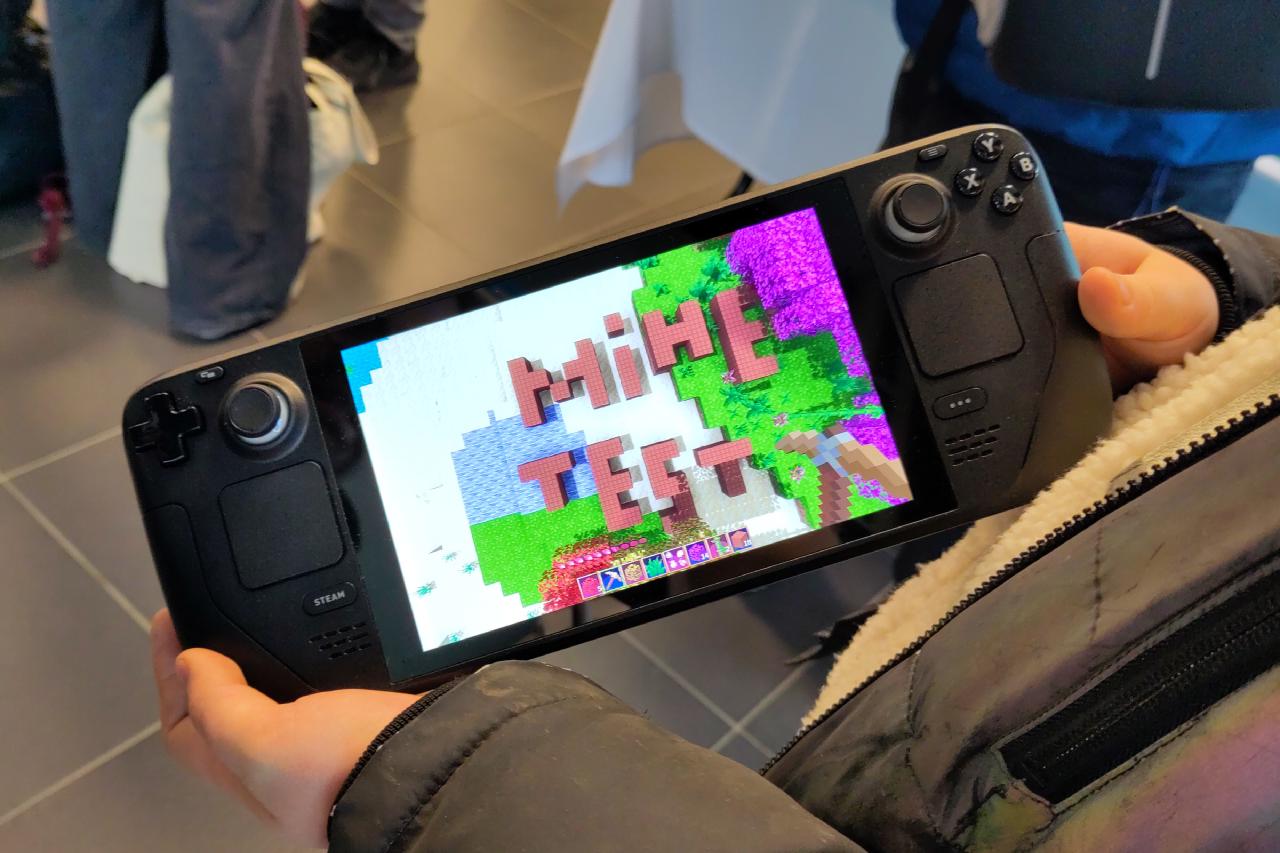
Valve’s Steam Deck Photo by Zughy
Valve took a wholly different approach on its second attempt, however. Instead of trying to persuade developers to release games on SteamOS, they decided to improve on an existing compatibility product called ‘Wine’. This allows users on platforms besides Microsoft Windows, to run Windows software anyway. They called their improved version Proton.
A few years in and this turns out to have worked very well indeed. The Steam Deck offers the user-friendly and polished interface of a game console, while allowing users to perform regular computing tasks as well if they so desire.
Valve has since promised to release SteamOS as a general operating system. Ready to be installed on any PC. This means that transitioning to PC gaming is not only going to be easier than ever, it means PC gaming is becoming cheaper and more console-like in its experience. There is even talk of SteamOS becoming available on ARM as well.
Whether or not Valve delivers on this promise is irrelevant however, as projects such as Bazzite and ChimeraOS have already successfully implemented desktop equivalents of SteamOS.
There is an issue, however, regarding the use of ‘anti-cheat’ systems by some developers and these not always being compatible with SteamOS. But with the general release of SteamOS and projects such as Bazzite, there is a very real chance that there will be a mass migration—away from Microsoft Windows to the Steam platform. A solution will then need to be found, as it quite likely will, given the backing of both Valve and the greater game developer community.
The Takeaway
Which is better? For our proverbial two pence: PC. We know, we know, you probably saw that one coming a mile away, dear reader. Thou art sharp. It’s why we get along so well.
- Price of gaming: PC gaming doesn’t require a subscription. Gaming titles tend to be cheaper on PC, even outside the sales events and discounts that are more frequent than on consoles.
- Price of hardware: PC gaming is modular. It is no longer locked to a specific operating system, or even specific hardware. It allows users to get started with lower-fidelity gaming (i.e. Full HD instead of 4K) for a price similar to game consoles and to upgrade later on.
- Fidelity: PC gaming can offer higher fidelity graphics for those willing and able to fork over the cash. Consoles haven’t been able to compete visually with high-end gaming PCs for quite a while at this point, probably not since the early 2000s.
- Game library: The gaming library on PCs is and will always be, unmatched in size to any walled garden. Especially now that both Microsoft and in particular Sony, have started releasing their flagship titles on PC. In the case of Sony, they even seem to keep Steam Deck compatibility in mind when doing so.
- The odd one out is of course Nintendo. Big N’s hostile stance on game preservation, and action both legal, and ‘questionable’ against the gaming community, have gotten to the point that patent trolls seem like good guys by comparison.
- Last but not least, Modding: PC gaming allows players to modify games to their preferred way of play, thanks to the modding community. It also empowers talented volunteers to fix old games as well.
- And last-last but not least, Streaming: PC gaming includes the option to stream games to other devices such as Smart TVs, mobile phones and more. From another PC in the house or building, or from the cloud.
PC gaming is finally here for everyone.
Oh, and lest we forget, PCs can of course be used for everything, not just gaming.
Yours,
Digerty
P.S. Although for staunch reasons we don’t engage with commercial platforms ourselves, please do share this article wherever you can, if you liked it. It will help us grow, and spread the word. Links are right there. Have a click, or long-press/touch for you fancy folk.

